《New English Adventure》 是培生(Pearson)为 6-12岁儿童 设计的英语学习系列教材,尤其适合小学阶段的英语学习者。该系列以 趣味性、互动性和多媒体资源 为核心,结合故事、歌曲、游戏和动画,激发孩子的学习兴趣,同时培养基础英语技能(听、说、读、写)。教材与 迪士尼经典角色(如米奇、冰雪奇缘、玩具总动员等)合作,通过熟悉的动画人物增强学习代入感。
教材结构与级别划分
1. 分册与适用年龄
-
共分为 6个级别(Level 1至Level 6),对应 CEFR Pre-A1 到 A2+ 水平,逐步提升语言能力。
-
年龄适配:
-
Level 1-2:6-8岁(小学低年级)
-
Level 3-4:8-10岁(小学中年级)
-
Level 5-6:10-12岁(小学高年级)
-
2. 单元设计
每级别包含 8-10个主题单元,每个单元围绕一个 迪士尼动画主题 展开,例如:
-
Level 1: 家庭、动物、颜色、玩具
-
Level 4: 自然、科技、节日、冒险故事
-
Level 6: 环境保护、全球文化、未来职业
每单元核心板块:
-
Story Time:迪士尼动画故事(如《狮子王》《冰雪奇缘》片段),通过情景对话引入新词汇与句型。
-
Sing and Play:互动歌曲与TPR(全身反应法)游戏,强化听力与口语表达。
-
Practice:涂色、连线、填空等趣味练习,巩固语法与拼写。
-
Project:手工、角色扮演或小组任务,培养协作与创造力。
核心教学特色
-
沉浸式学习体验
-
迪士尼动画整合:教材内容与迪士尼电影场景结合,如用《海底总动员》学习海洋生物词汇,用《冰雪奇缘》练习天气表达。
-
跨学科主题(CLIL):融入科学、艺术、社会等学科知识(如“水的循环”“节日文化”),拓宽知识面。
-
-
技能均衡发展
-
听力与口语:通过动画对话、儿歌和课堂互动游戏训练。
-
阅读与写作:从单词卡认读到短篇故事写作逐步过渡。
-
自然拼读(Phonics):每单元设置字母发音规则练习(如Level 2的“sh/ch”发音)。
-
-
数字化资源丰富
-
ActiveTeach互动白板软件:含动画视频、电子书、互动游戏,支持课堂多媒体教学。
-
学生用APP:提供课后复习游戏、语音录音与跟读功能。
-
在线家长指南:帮助家长跟踪学习进度,提供家庭活动建议。
-
-
评估与反馈
-
单元小测验:以贴纸、星星等趣味形式奖励学生。
-
期末项目展示:如制作海报、表演短剧,综合检验学习成果。
-
配套资源
-
学生用书(Pupil’s Book)
-
全彩印刷,含贴纸页、手工模板和迪士尼角色插图。
-
-
练习册(Activity Book)
-
课后巩固练习,题型多样(涂色、迷宫、拼图)。
-
-
教师用书(Teacher’s Book)
-
详细教案、课堂游戏方案和差异化教学策略。
-
-
音视频材料
-
迪士尼动画片段、原创儿歌MP3、发音示范视频。
-
-
教具包
-
单词卡、故事卡片、角色手偶(如米奇玩偶)。
-
适用场景
-
小学英语课堂:适合公立学校或培训机构的小班授课。
-
家庭学习:家长可通过APP和活动手册辅助孩子自学。
-
暑期课程:项目制学习(如“迪士尼主题周”)提升参与度。
优势与评价
-
兴趣驱动:迪士尼IP大幅提升学习动力,尤其吸引低龄儿童。
-
多感官学习:视听结合、动手实践,适配不同学习风格。
-
教师支持全面:教案详细,减少备课压力。
局限性
-
语言深度有限:高级别(Level 5-6)的语法和词汇拓展不足,需搭配其他教材。
-
文化单一性:内容以西方文化为主,缺乏多元文化视角。
与其他儿童教材对比
| 教材 | 特色 | 适合人群 |
|---|---|---|
| New English Adventure | 迪士尼IP、强互动性、CLIL内容 | 迪士尼迷、低龄初学者 |
| Oxford Let’s Go | 系统性强、注重自然拼读 | 追求结构化教学的机构 |
| Cambridge Kid’s Box | 备考剑桥少儿英语(Starters/Movers) | 有考试需求的家庭 |
New English Adventure is a primary English course series published by Pearson for children aged 6–12, designed to make language learning engaging and interactive. Leveraging beloved Disney characters (e.g., Mickey Mouse, Frozen, Toy Story), the series combines stories, songs, games, and multimedia resources to build foundational English skills (listening, speaking, reading, writing) while sparking young learners’ enthusiasm. Aligned with CEFR Pre-A1 to A2+, it is widely used in primary schools and language centers globally.
Structure and Levels
1. Level Progression
-
6 levels (Level 1 to Level 6), tailored to different age groups:
-
Levels 1–2: Ages 6–8 (lower primary, CEFR Pre-A1 to A1).
-
Levels 3–4: Ages 8–10 (middle primary, CEFR A1+ to A2).
-
Levels 5–6: Ages 10–12 (upper primary, CEFR A2+).
-
2. Unit Design
Each level includes 8–10 thematic units centered on Disney-inspired topics, such as:
-
Level 1: Family, animals, colors, toys.
-
Level 4: Nature, technology, festivals, adventures.
-
Level 6: Environmental protection, global cultures, future careers.
Key Unit Components:
-
Story Time: Disney animated clips (e.g., The Lion King, Moana) introduce vocabulary and sentence patterns through contextual dialogues.
-
Sing and Play: Interactive songs and TPR (Total Physical Response) activities reinforce listening and speaking.
-
Practice: Fun exercises (coloring, matching, fill-in-the-blanks) target grammar and spelling.
-
Project: Crafts, role-plays, or group tasks develop creativity and collaboration.
Core Features
-
Immersive Learning with Disney
-
Disney characters and stories contextualize language (e.g., learning weather vocabulary with Frozen’s Elsa).
-
CLIL (Content and Language Integrated Learning): Integrates science, art, and social studies (e.g., “The Water Cycle,” “Festivals Around the World”).
-
-
Skill Integration
-
Listening/Speaking: Animated dialogues, chants, and classroom games.
-
Reading/Writing: Gradual progression from word recognition to short-story writing.
-
Phonics: Systematic sound-letter practice (e.g., “sh/ch” sounds in Level 2).
-
-
Digital Resources
-
ActiveTeach Software: Interactive whiteboard tools with Disney videos, e-books, and games.
-
Student App: Post-class review games, voice recording, and pronunciation practice.
-
Parent Portal: Tracks progress and suggests home activities.
-
-
Assessment
-
Unit Quizzes: Reward systems with stickers and stars.
-
Final Projects: Presentations, posters, or skits to showcase learning.
-
Supplementary Materials
-
Pupil’s Book: Full-color pages with stickers, craft templates, and Disney illustrations.
-
Activity Book: Post-lesson exercises (puzzles, mazes, coloring).
-
Teacher’s Book: Lesson plans, games, and differentiation strategies.
-
Audio/Video: Disney clips, original songs, and phonics videos.
-
Classroom Kits: Flashcards, story cards, and character puppets (e.g., Mickey Mouse).
Target Audiences
-
Primary Schools: Ideal for classroom teaching with small groups.
-
Home Learning: Parents can use the app and activity books for supplementary practice.
-
Summer Camps: Thematic projects (e.g., “Disney Week”) enhance engagement.
Strengths
-
High Engagement: Disney IP motivates young learners, especially reluctant students.
-
Multisensory Approach: Combines visual, auditory, and kinesthetic learning styles.
-
Teacher Support: Ready-to-use lesson plans reduce preparation time.
Limitations
-
Language Depth: Advanced levels (5–6) lack complex grammar/vocabulary expansion.
-
Cultural Focus: Primarily Western-centric content; limited global diversity.
Comparison with Other Primary Courses
| Course | Key Features | Best For |
|---|---|---|
| New English Adventure | Disney integration, CLIL, high fun | Disney fans, young beginners |
| Oxford Let’s Go | Phonics-focused, structured | Systematic skill-building |
| Cambridge Kid’s Box | Aligned with Cambridge YLE exams | Exam-oriented learners |

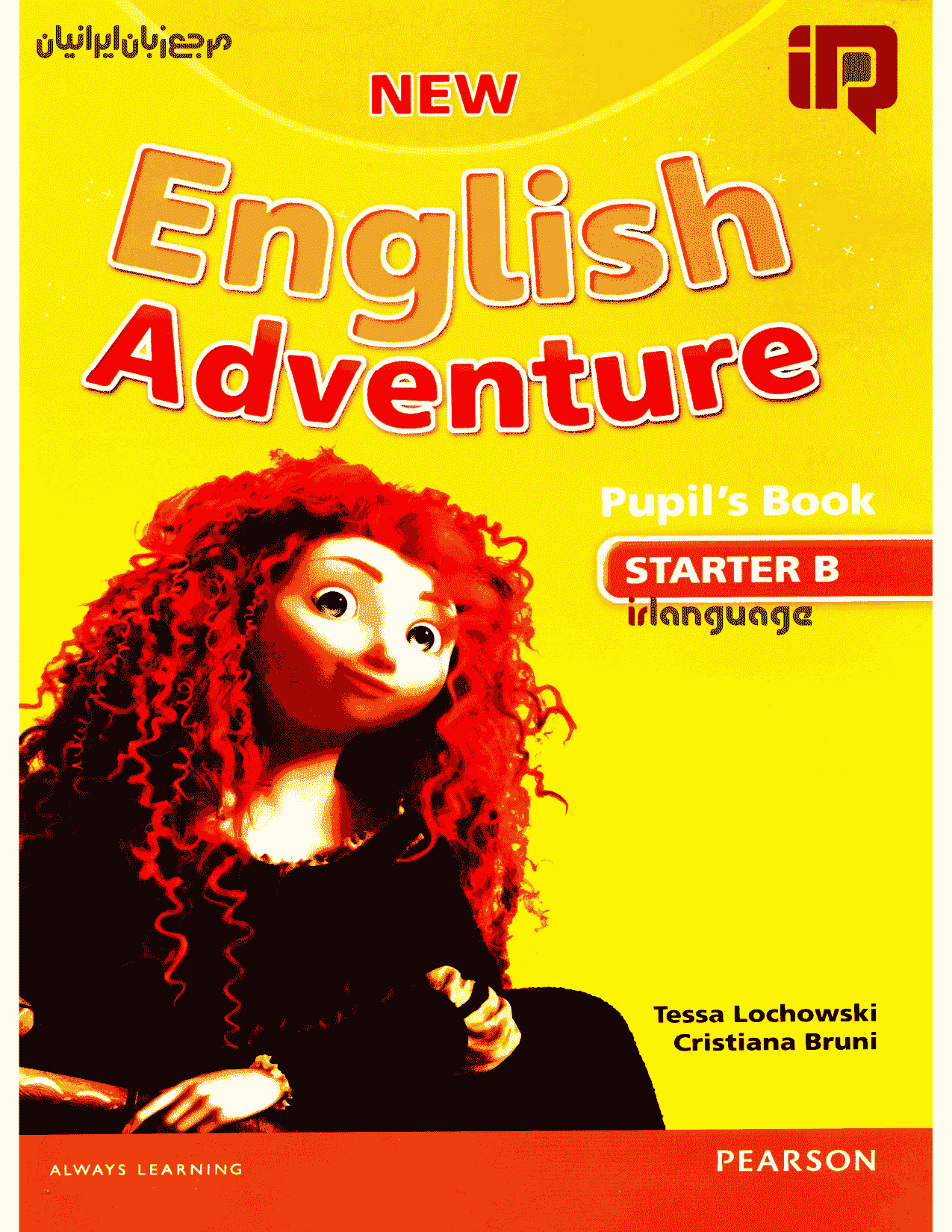

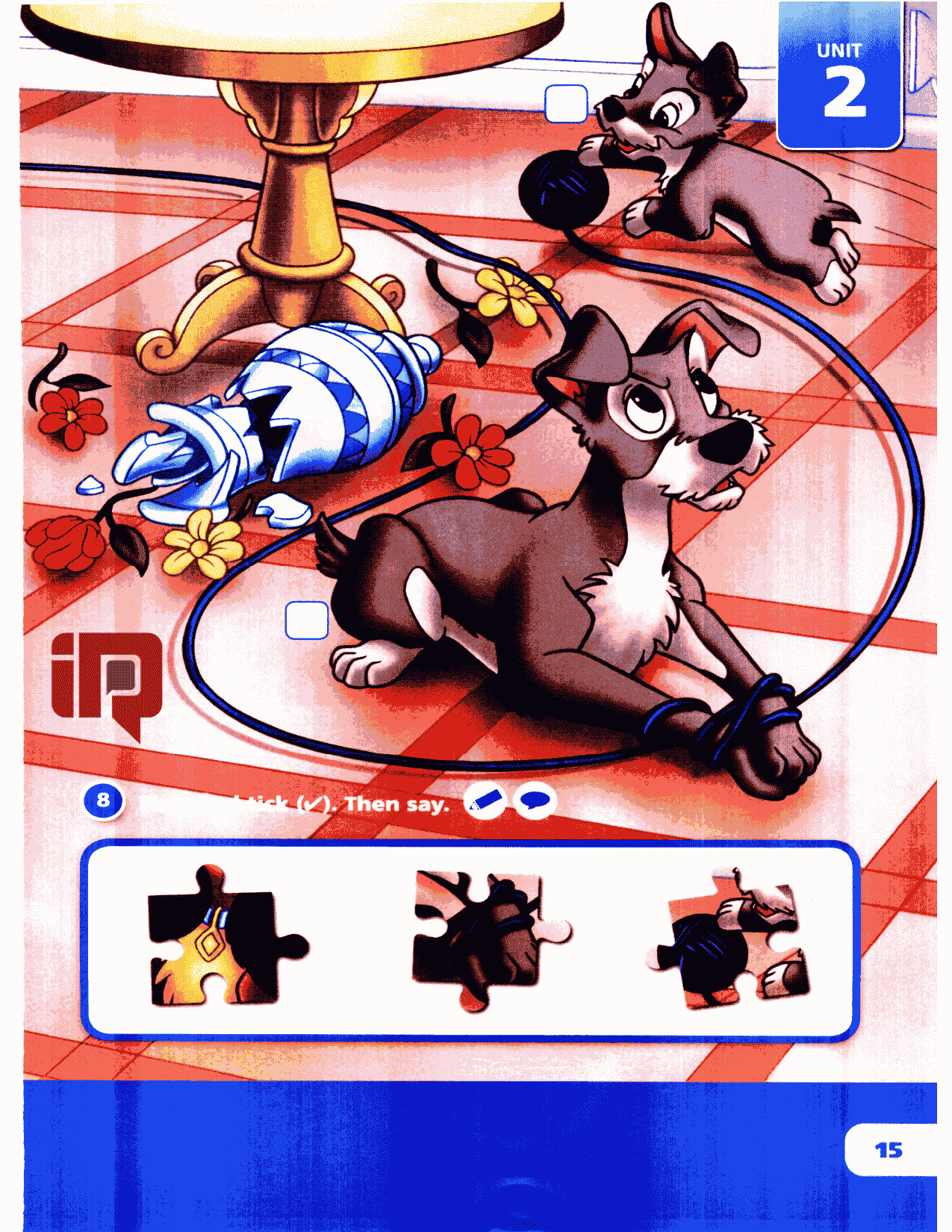
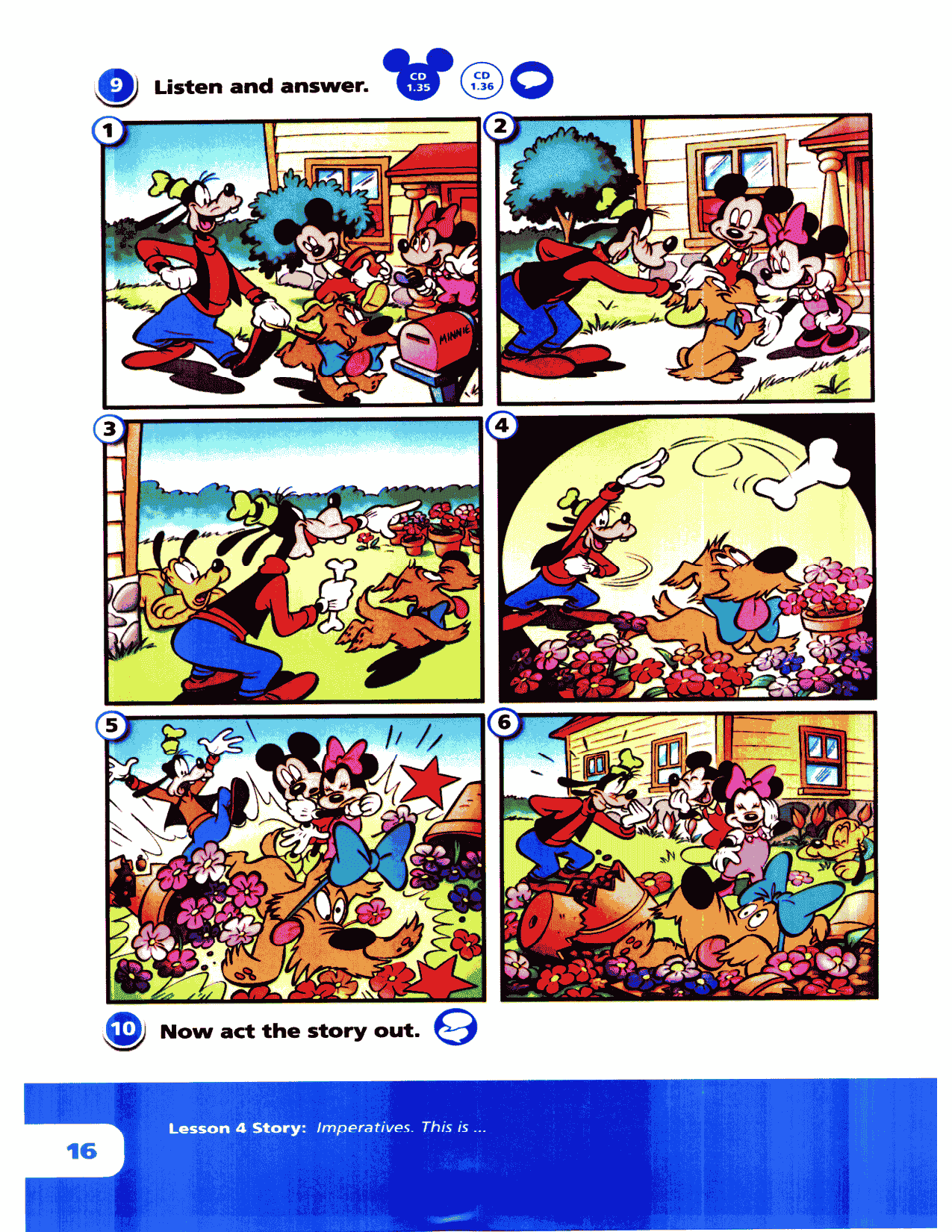
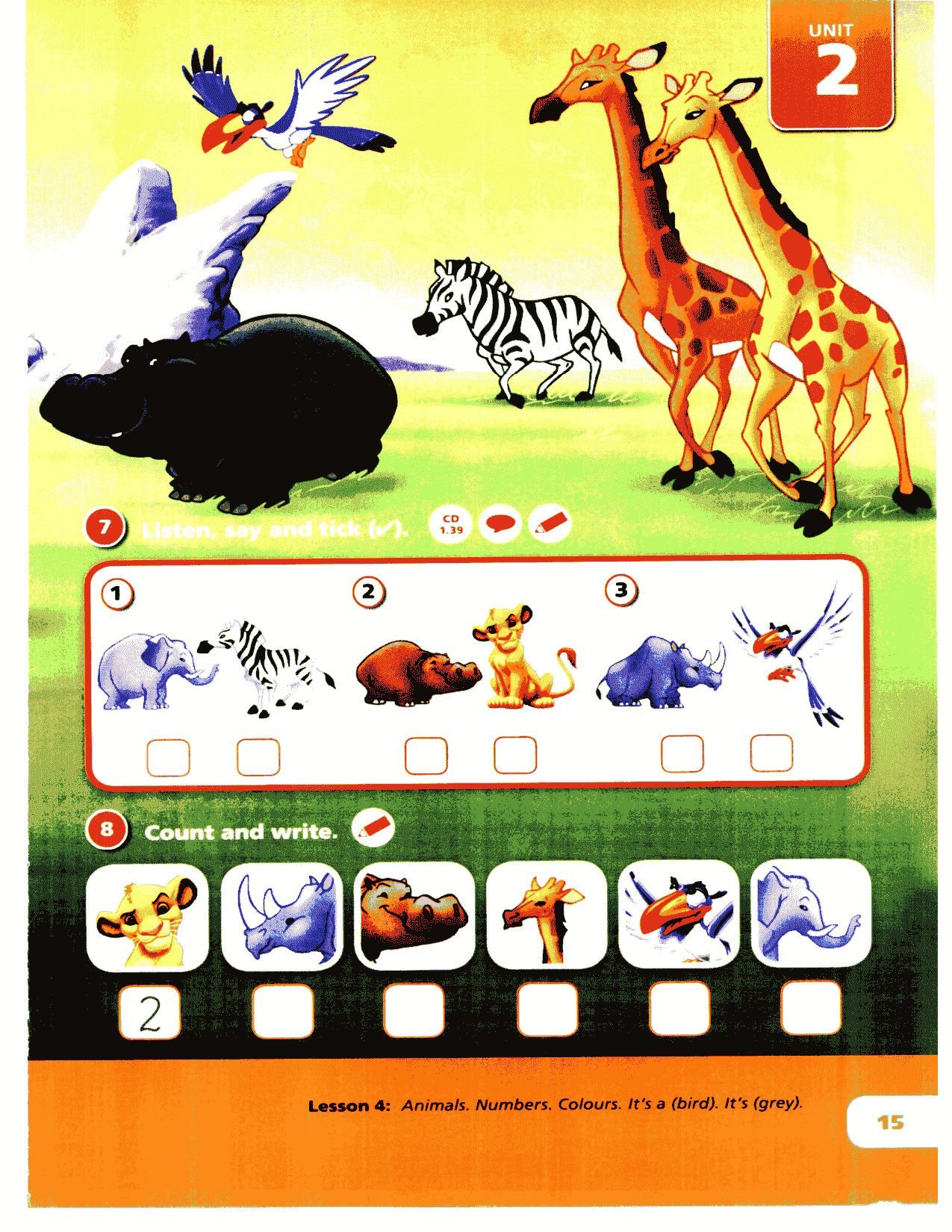

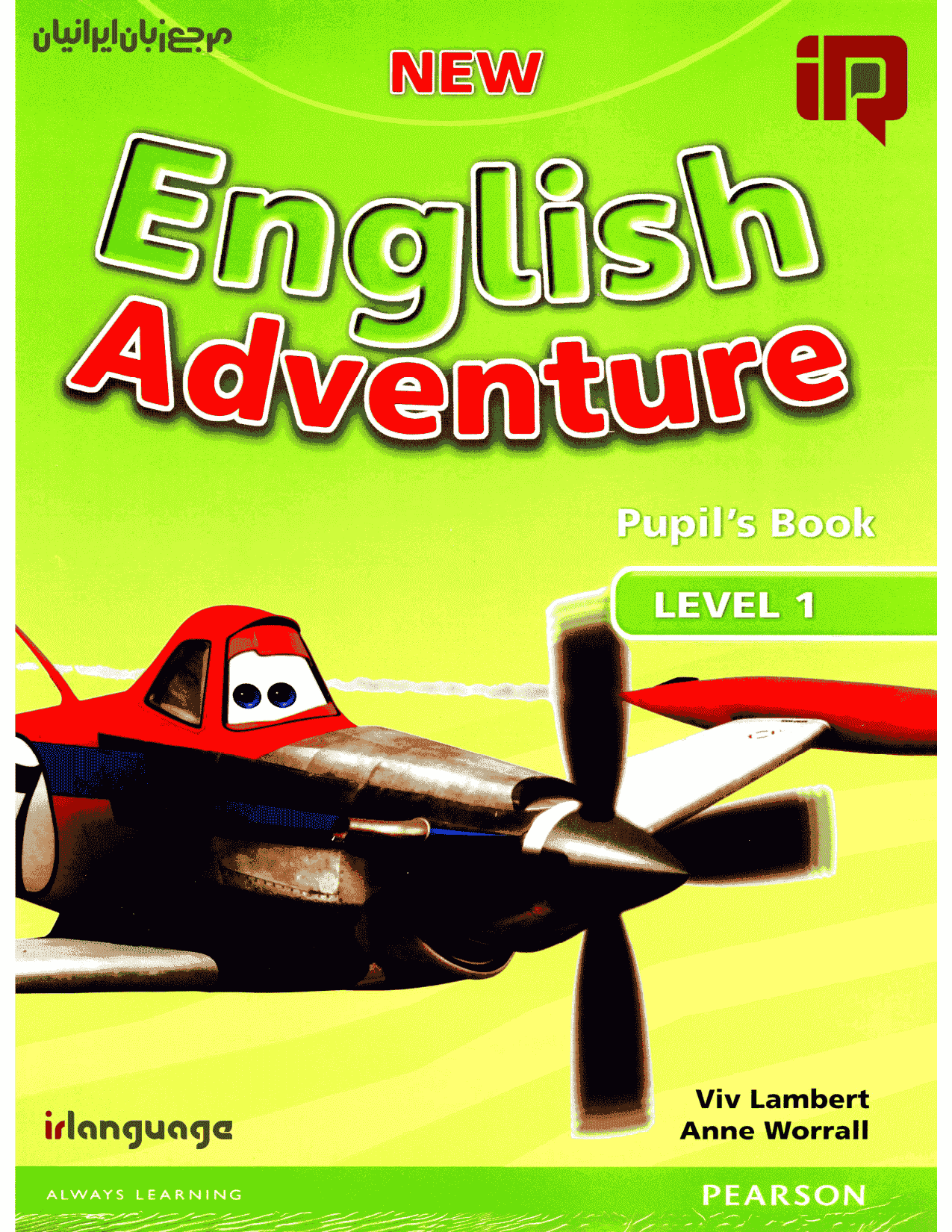

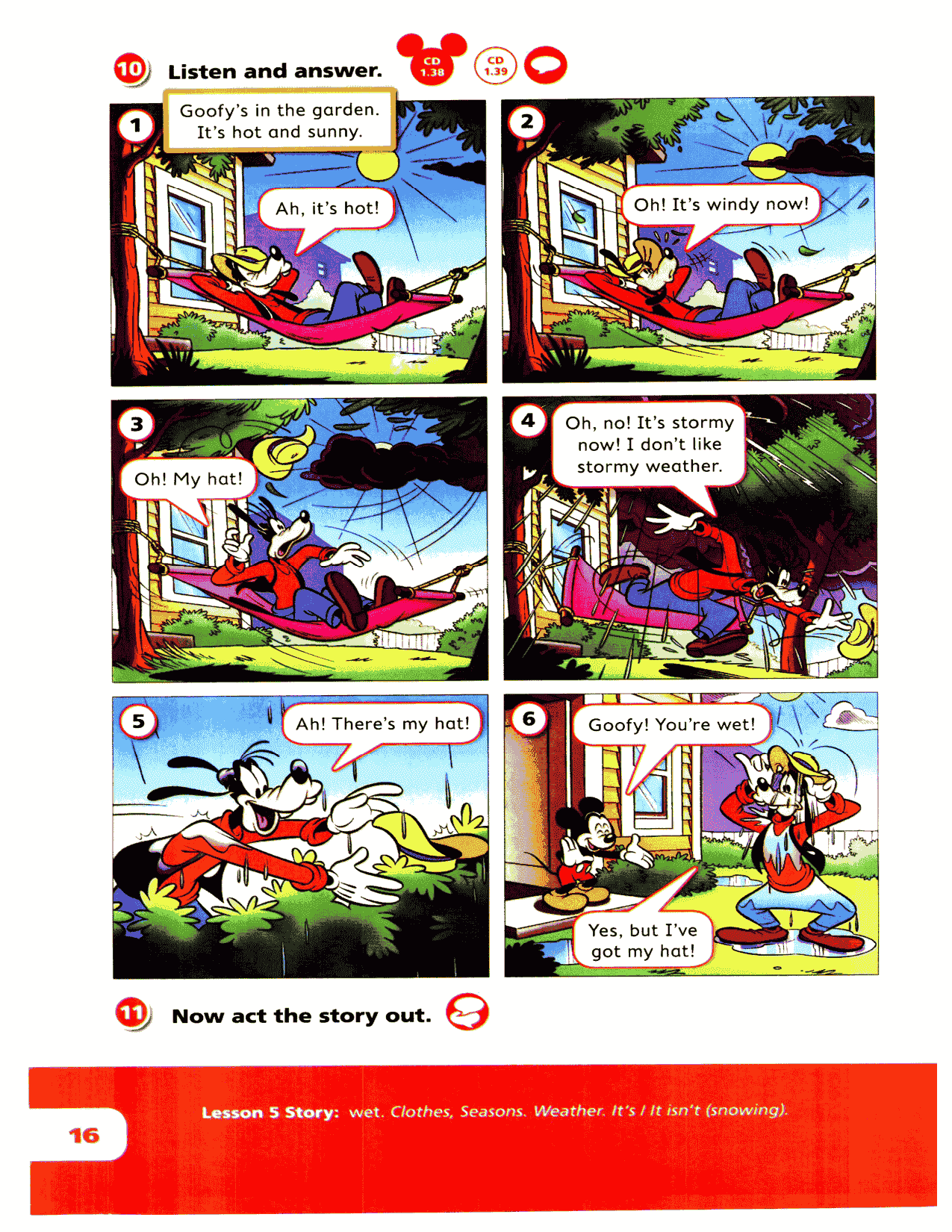
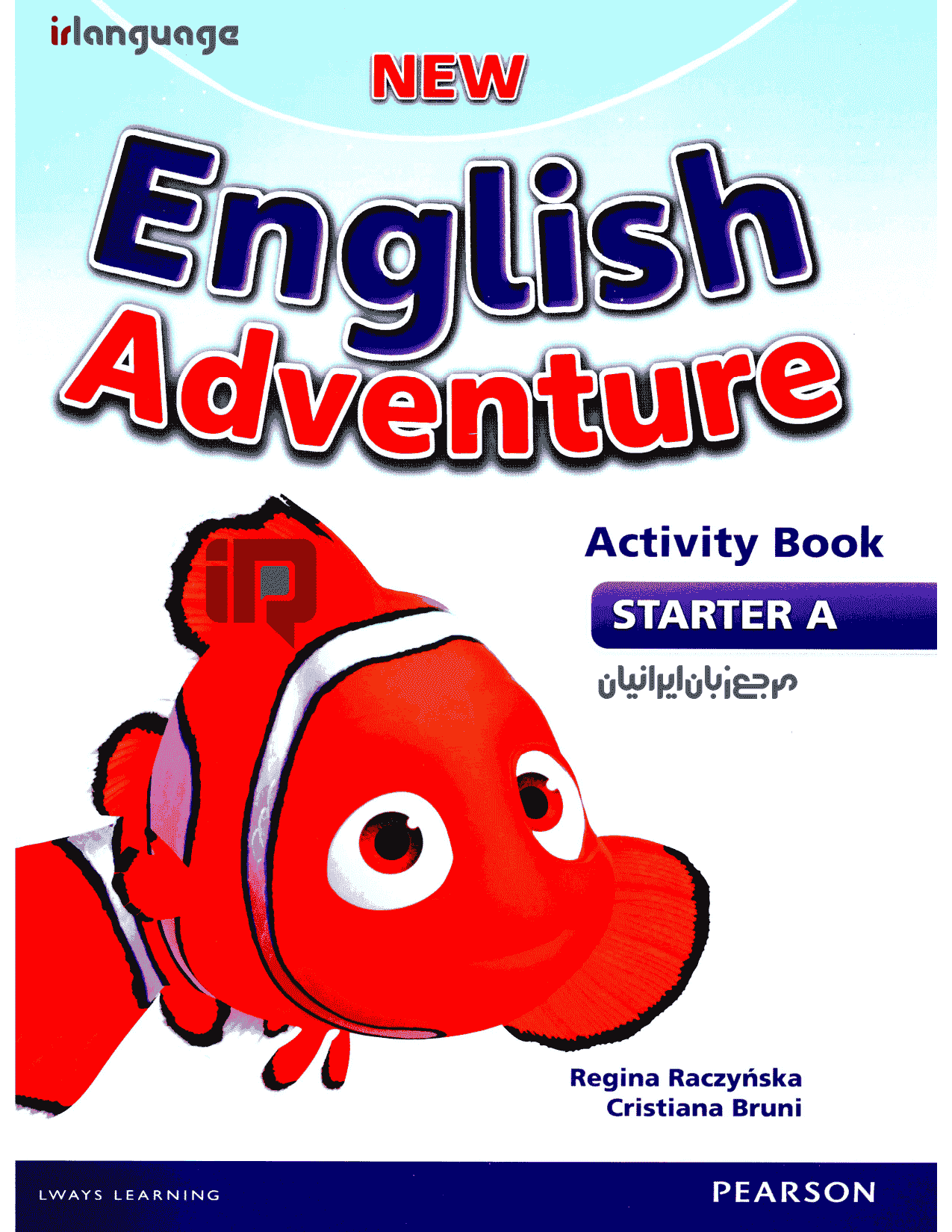
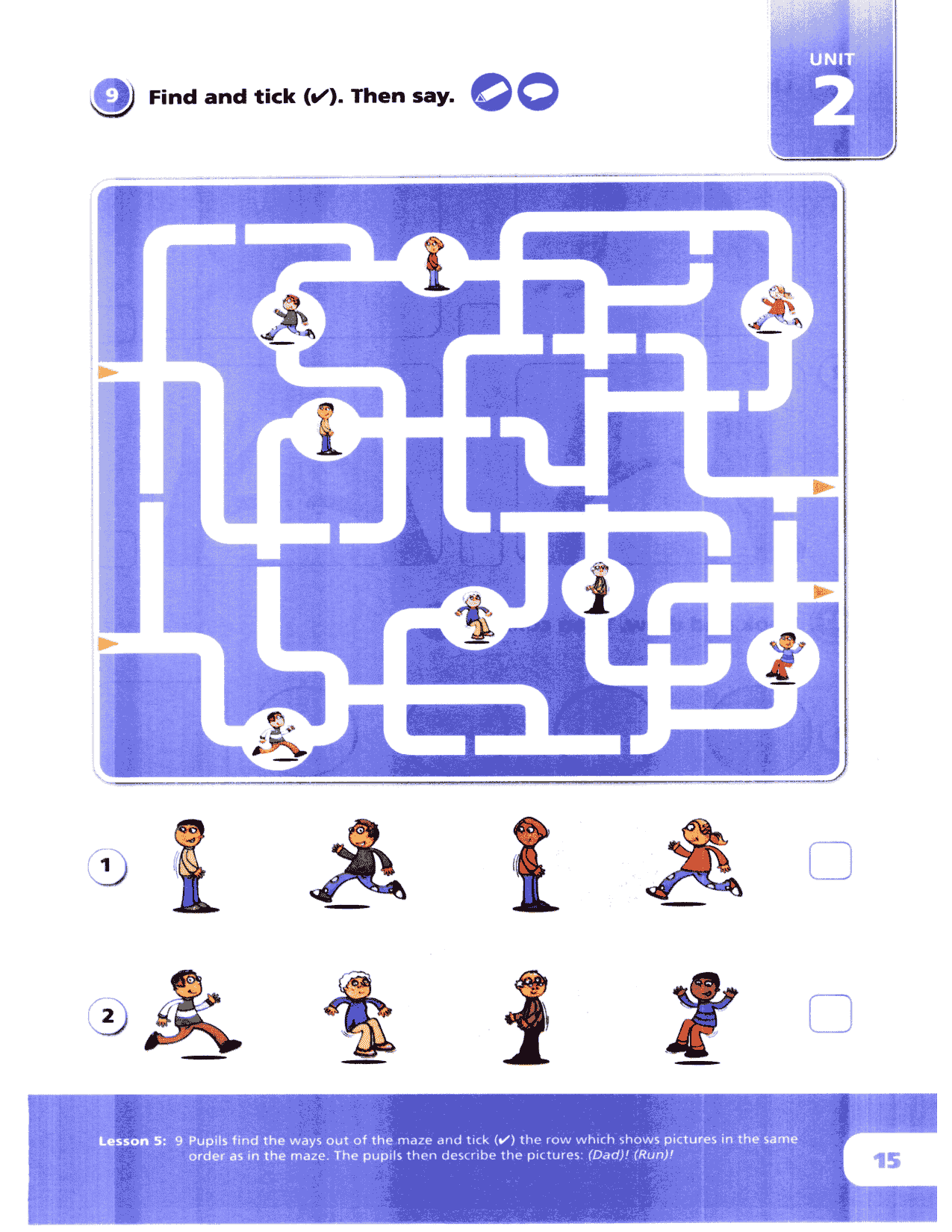
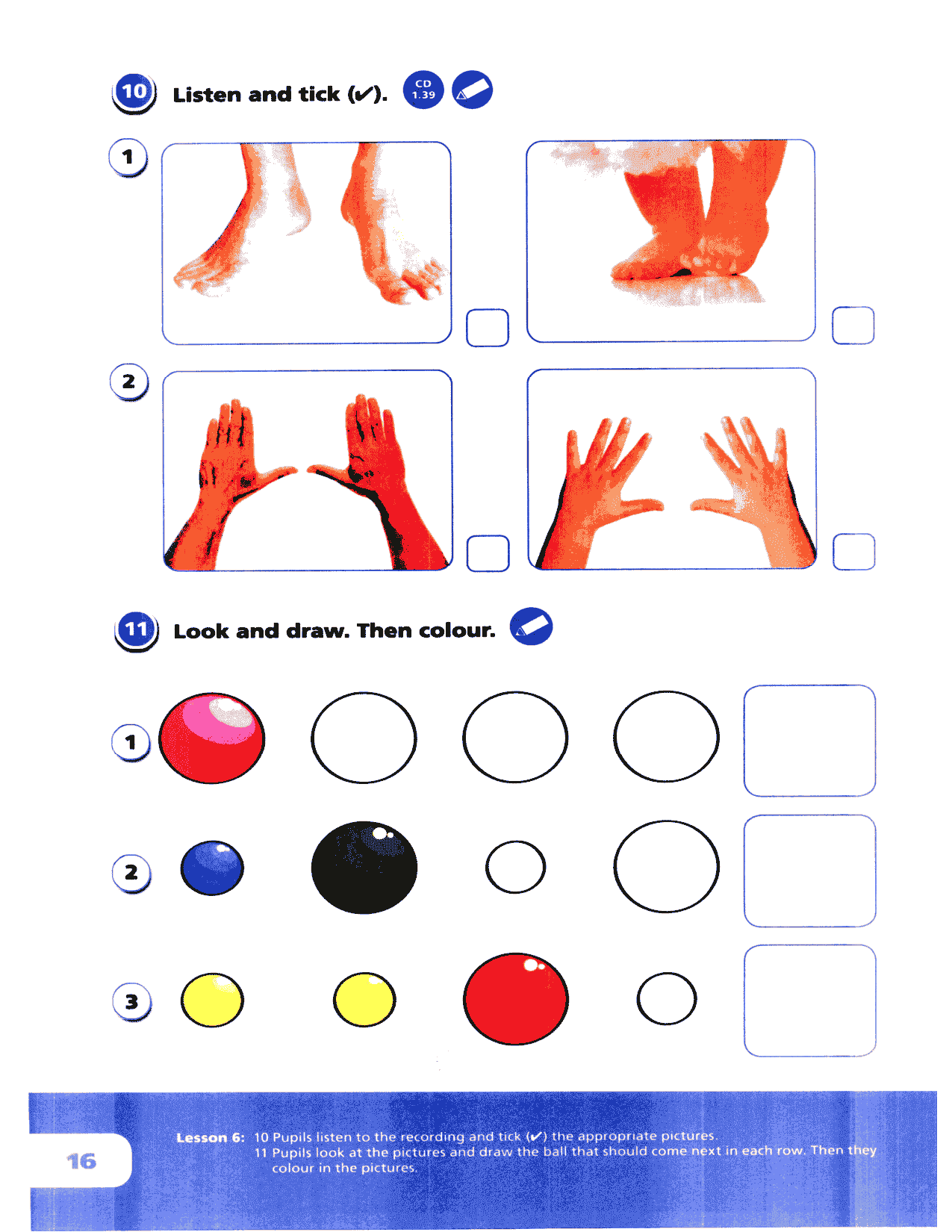
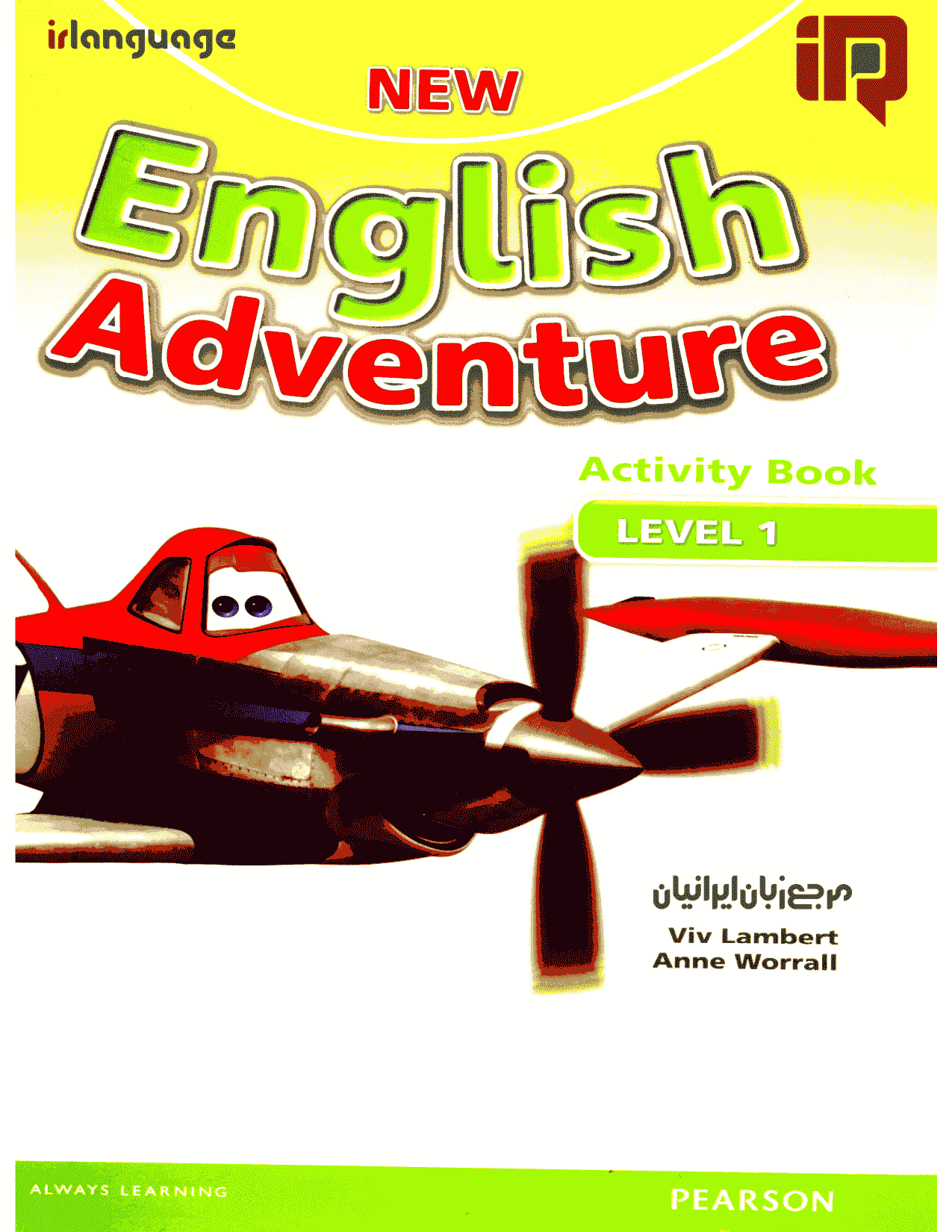
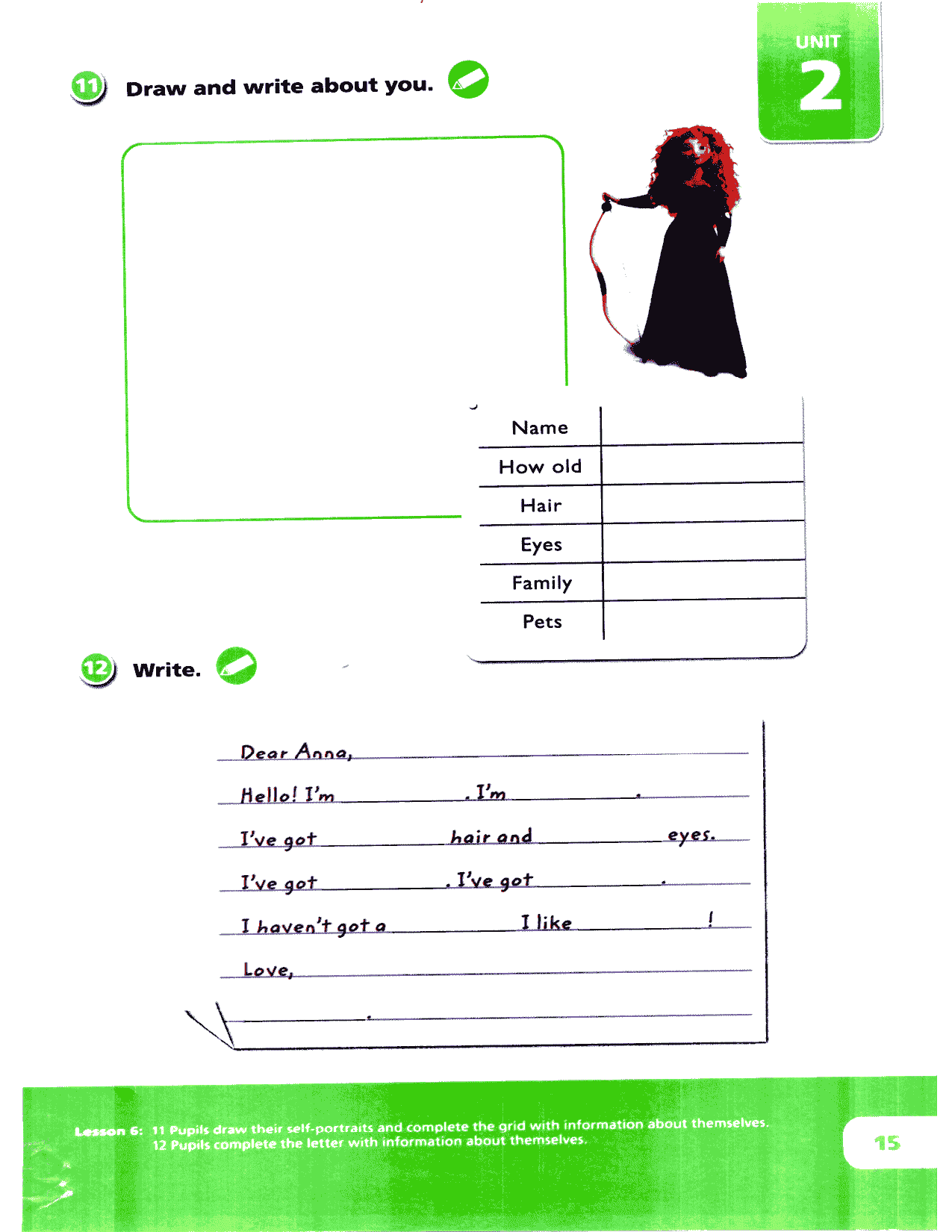
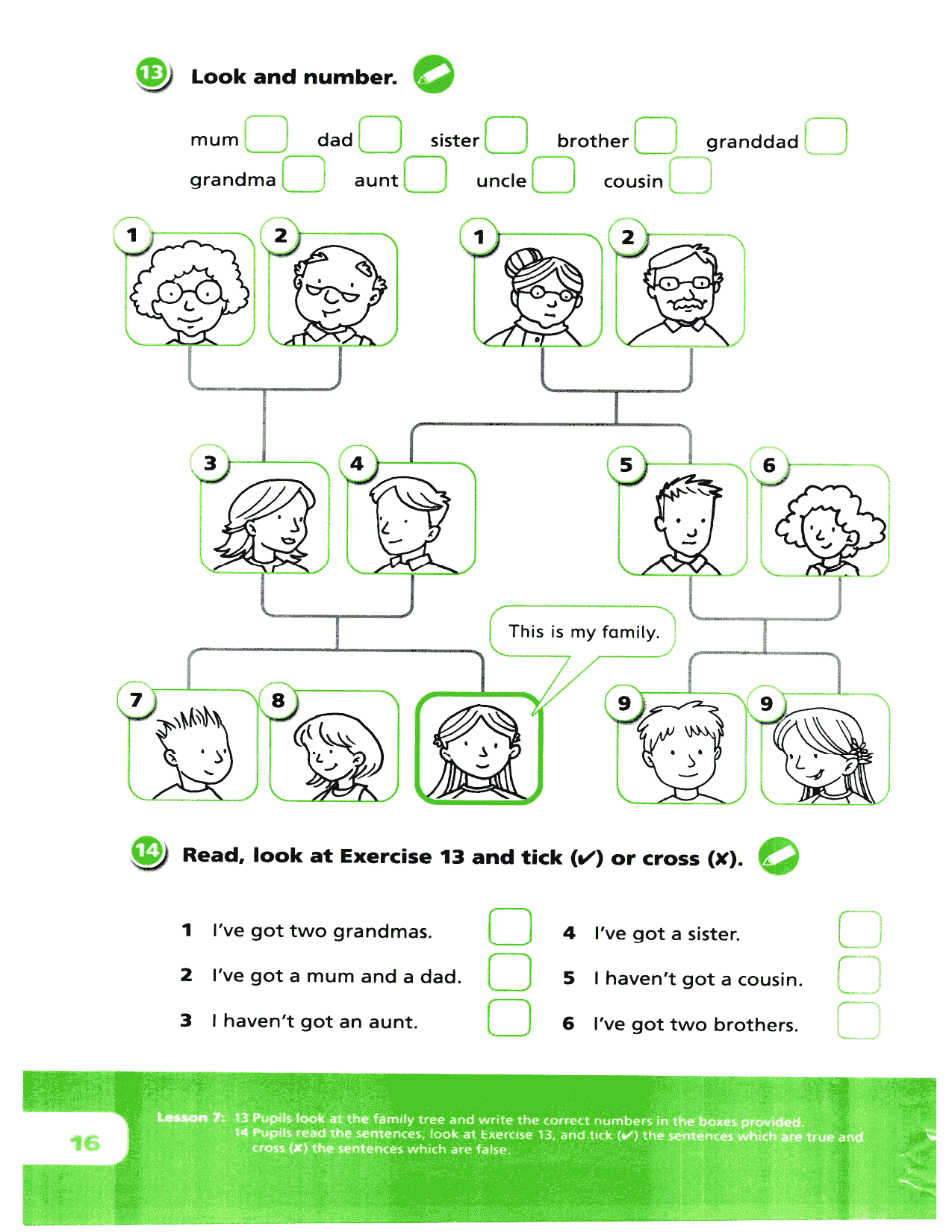
评论(0)